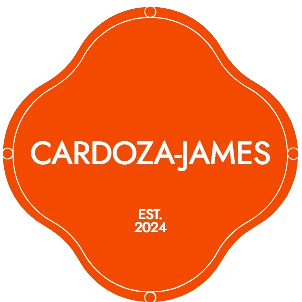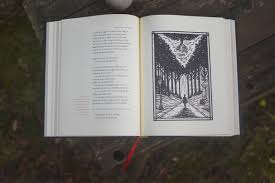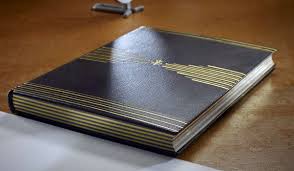
Choosing between recycled and virgin paper is a common dilemma for consumers, printers, and bookbinders aiming to balance quality, cost, and environmental impact. Both types have unique advantages and drawbacks depending on their source, manufacturing process, and intended use. This article compares recycled and virgin paper, outlining their pros and cons to help you make informed decisions.

What Is Virgin Paper?
Virgin paper is made from fresh, raw wood pulp harvested directly from trees. The fibers are processed without being reused, resulting in a product with long, strong fibers ideal for high-quality paper.
What Is Recycled Paper?
Recycled paper is made by reprocessing used paper products. It involves collecting, sorting, cleaning, and pulping waste paper to create new sheets. Recycled paper can be either post-consumer (collected after use) or pre-consumer (industrial scrap).
Pros of Virgin Paper
1. Superior Quality and Strength
Virgin paper fibers are longer and less damaged than recycled fibers, resulting in stronger, smoother, and more durable paper. This makes it preferred for high-end printing, archival documents, and luxury bookbinding.
2. Brightness and Color Consistency
Virgin paper generally offers better brightness and color consistency, important for vibrant printing and photographs.
3. Longer Lifespan
The intact fibers of virgin paper degrade more slowly, ensuring longer-lasting documents and books.
Cons of Virgin Paper
1. Environmental Impact
Harvesting virgin pulp requires cutting down trees, which can contribute to deforestation, habitat loss, and carbon emissions unless sourced sustainably.
2. Higher Resource Consumption
Virgin paper production consumes more water, energy, and chemicals compared to recycling processes.
3. Cost
Virgin paper tends to be more expensive due to raw material costs and processing.
Pros of Recycled Paper
1. Environmental Benefits
Recycled paper reduces waste going to landfills, conserves trees, lowers water and energy usage, and produces fewer pollutants.
2. Cost Efficiency
Often, recycled paper costs less to produce because it uses existing fibers and less raw material.
3. Supports Circular Economy
Using recycled paper encourages sustainable consumption by keeping materials in use longer.
Cons of Recycled Paper
1. Lower Fiber Quality
Recycling shortens fiber length, resulting in weaker, less smooth paper. This can affect durability and print quality.
2. Color and Brightness Limitations
Recycled paper may have a duller, grayer tone and less uniform brightness, making it less ideal for vibrant graphics.
3. Possible Contaminants
Depending on processing, recycled paper might contain inks or other residues, affecting texture and appearance.
Choosing Between Recycled and Virgin Paper
The choice depends on your priorities:
-
For archival projects, luxury books, or documents needing longevity and premium appearance, virgin paper is preferable.
-
For everyday printing, notebooks, or eco-friendly packaging, recycled paper is often sufficient and environmentally responsible.
-
Some manufacturers offer blended papers, combining virgin and recycled fibers to balance quality and sustainability.
Conclusion
Both recycled and virgin papers have valuable roles in today’s printing and publishing industries. Virgin paper shines with superior strength and aesthetics but comes with higher environmental costs. Recycled paper offers sustainability benefits but may sacrifice some quality. By understanding these trade-offs, you can choose paper that best fits your needs while considering environmental impact.






